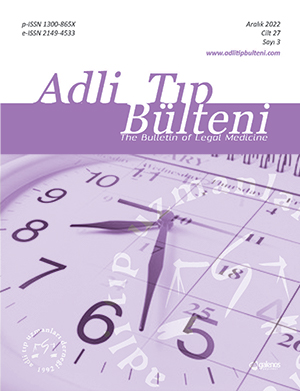Everything about Pethidine, One of the most abused drugs in the health sector
DOI:
https://doi.org/10.17986/blm.1727Keywords:
Aldolan, drug abuse, addictionAbstract
Pethidine (PET), used to treat pain in humans, is a controlled drug that has drawn attention for abuse. It is also challenging to figure out whether a person taking this drug for pain relief intends to abuse it or use it for treatment. PET abuse is still on the rise as of right now, despite efforts to limit PET use and explore substitute options. As of today, chambers of pharmacists in various provinces of Türkiye have issued hundreds of statements on PET abuse. PET addiction is a public health problem that affects not only the individual but also the community and the environment in which they live. The abuse of this drug is most common in the health sector, which further increases the seriousness of the situation. This is thought to be due to long and stressful working lives and easy access to these drugs. PET has both clinical and forensic importance due to the effects it causes or produces. This review aims to review the general characteristics, pharmacokinetics, pharmacology, side effects, forensic significance, analytical detection techniques, and addiction prevention efforts of PET. In this context, we believe that this review will draw attention to the dangers of PET abuse, shed light on the individual and social problems caused by PET addiction, and help to solve these problems to some extent.
Downloads
Published
Issue
Section
License
Copyright (c) 2025 The Bulletin of Legal Medicine

This work is licensed under a Creative Commons Attribution 4.0 International License.
The Journal and content of this website is licensed under the terms of the Creative Commons Attribution (CC BY) License. The Creative Commons Attribution License (CC BY) allows users to copy, distribute and transmit an article, adapt the article and make commercial use of the article. The CC BY license permits commercial and non-commercial re-use of an open access article, as long as the author is properly attributed.

